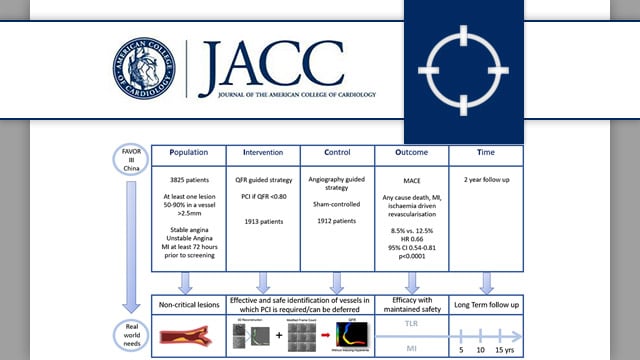293 results
STEMI: how to treat the thrombus
18 May 2023 – From EuroPCR 2023
Consult this session to gain insights into the treatment of thrombus in STEMI cases: discover a primary angioplasty trick for managing a thrombus-laden RCA, explore the effectiveness of intracoronary thrombolysis and aspiration thrombectomy, uncover a unique approach to addressing left main stem complications with a "less...
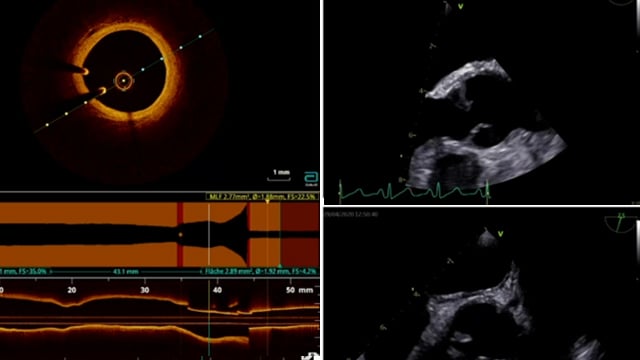
Coronary artery disease: more imaging, less imagination
18 May 2023 – From EuroPCR 2023
In these slides, explore associations between angiography-based FFR and OCT-detected luminal obstruction, prognostic impact of ischaemia vs. plaque vulnerability, CT's mortality foresight, and much more.
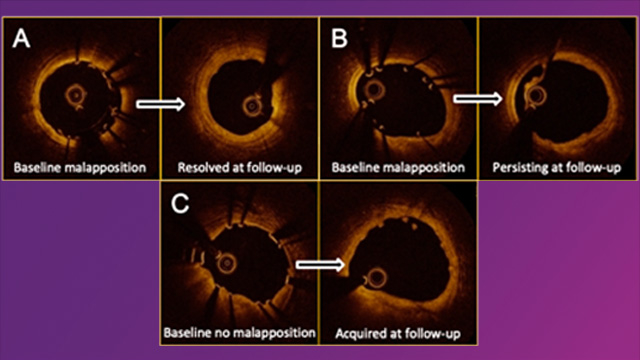
Cathlab: different issues
18 May 2023 – From EuroPCR 2023
Discover this series of slides specialised for nurses and allied professionals (NAPs). Explore topics such as the road to and from the cathlab, contrast-induced nephropathy, cerebral embolic protection during TAVI, educational guides, emerging technologies' and address radiation concerns for pregnant cathlab staff with best protection practices.
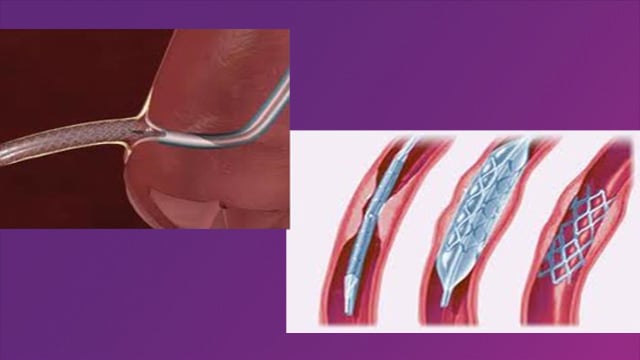
ACS and SCAD
17 May 2023 – From EuroPCR 2023
Explore the captivating case of "A young farmer under pressure - when the invasive cardiologist asks for a knife," among other remarkable presentations at EuroPCR. Dig into this specific case, as well as discussions on Acute Coronary Syndrome (ACS) and Spontaneous Coronary Artery Dissection (SCAD), and...
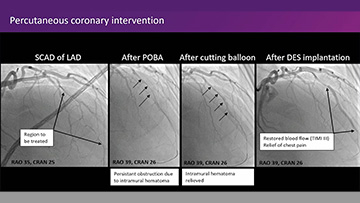
PCI with drug eluting balloons
17 May 2023 – From EuroPCR 2023
Consult this compilation of difficult cases experienced by your colleagues, providing helpful and practical information on drug-eluting balloon strategies in percutaneous coronary intervention (PCI). Watch commented slides and learn about the diverse medical histories, approaches and treatment tailored to the complexity of each individual case.

Novel treatment strategies in ACS patients
17 May 2023 – From EuroPCR 2023
Seeking to revive your understanding on novel strategies in ACS treatment? Explore this collection of resources to get insight on optimal antithrombotic therapy in AF patients post-PCI, complete revascularisation in ACS, and early invasive approaches in high-risk NSTEMI, among other topics.
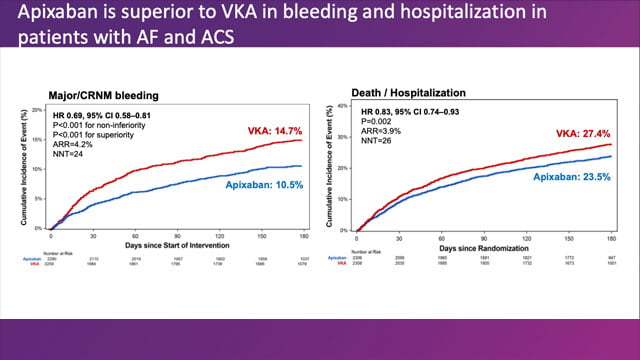
PCR's Got Talent - Round 2 - Session 2
17 May 2023 – From EuroPCR 2023
Join Round 2, Session 2 of PCR's Got Talent for insights into the safety and efficacy of protamine administration in TAVR patients with recent PCI.
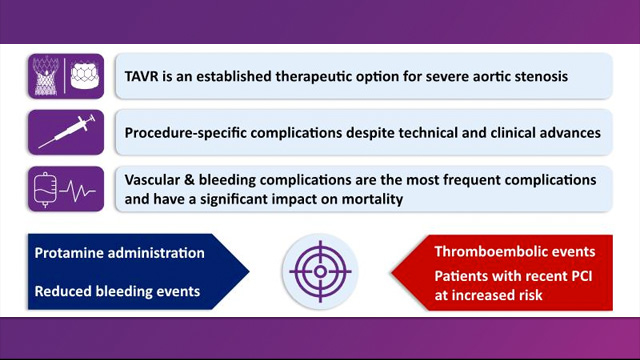
Pregnant women working in the cathlab
17 May 2023 – From EuroPCR 2023
Lynn Hinterbuchner welcomes Angeliki Kolyda, radiographer, in the PCR TV studio, in the heart of EuroPCR 2023, to talk about pregnancy in the cathlab. Should a woman really worry about working in a cathlab? If so, why? When exactly? How can she best protect herself?
Follow this...

A patient with NSTEMI and multivessel disease: culprit and non-culprit lesion management
16 May 2023 – From EuroPCR 2023
Follow the discussion around 2 specific cases, a 72-year-old ex-smoker female patient with HTN, hyperlipidemia, previous TIA, COPD and stable lung cancer, and a 44-year-old male patient with T2DM, HTN, dyslipidemia, psoriasis and chest pain, and learn how to treat NSTEMI with MVD.

When dissection occurs during primary PCI
16 May 2023 – From EuroPCR 2023
Discover the complexities surrounding dissection during primary percutaneous coronary intervention (PCI). Immerse yourself in the challenges, implications and strategies employed to manage this critical scenario skillfully.
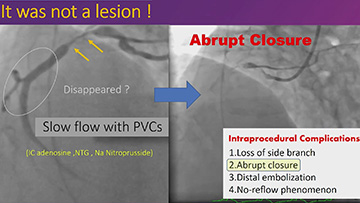
ACS: when a CABG is involved
16 May 2023 – From EuroPCR 2023
Managing ACS in patients who have previously undergone Coronary Artery Bypass Grafting surgery requires careful consideration of their medical history, previous surgical procedures, and potential challenges posed by the surgical alterations. Elevate your comprehension of their management by observing an extensive collection of illustrative scenarios faced...
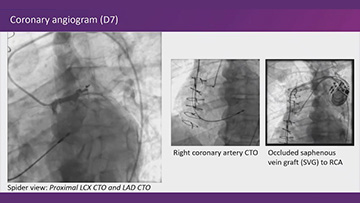
Physiological assessment of epicardial vessels and the microcirculation
16 May 2023 – From EuroPCR 2023
Need a refresher on this case-based session focusing on the physiological assessment of epicardial vessels and microcirculation? Check these slides highlighting some important studies on the subject.
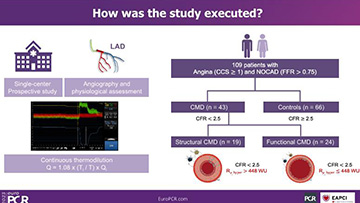
PCR's Got Talent - Round 1 - Session 2
16 May 2023 – From EuroPCR 2023
Did you participate in this session and want to enhance your memory? Take a look at the slides shared by the presenters and revisit the key points worth remembering.
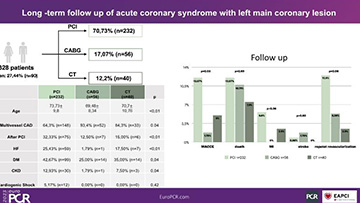
How can you determine the culprit lesion in NSTEMI?
16 May 2023 – From EuroPCR 2023
Since patients with NSTEMI represent an important population in practice, Ziad Ali and Natalia Pinilla discuss the diagnosis of culprit lesions in such patients. The first tool to rely on is intravascular imaging, even if imaging does not yet allow the interpretation of ambiguous or residual lesions....
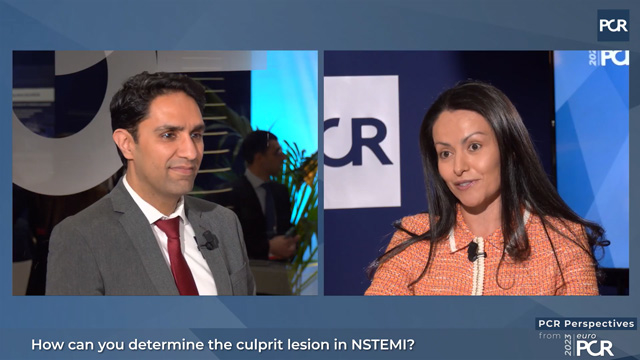
ECLS: technique of implantation and/or explantation of the cannula
14 Apr 2023
ECLS has become an important tool in the management of severe cardiogenic shock and refractory cardiac arrest, but is often complicated by bleeding ranging from nuisance to life-threatening. Therefore, deliberate management of the access site is of utmost importance.

Author
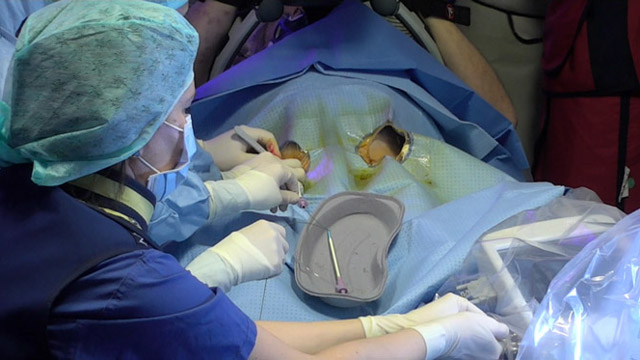
A novel breakthrough in wrist-worn transdermal Troponin-I-Sensor assessment for acute myocardial infarction
23 Mar 2023
A transdermal-infrared spectrophotometric sensor (T-ISS) to assess troponins increase has been recently developed. This multicenter, observational study tested the feasibility of implementing this tool with machine learning analytics carried out in a cohort of patients presenting with acute coronary syndrome.

Reviewer

Reviewer
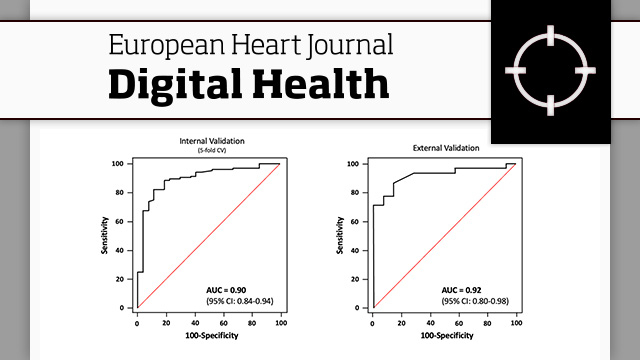
Essential drugs that every interventionalist needs to know
15 Dec 2022 – From GulfPCR-GIM 2022
In this GulfPCR-GIM 2022 session, learn about the role of PCSK9 inhibitors in ACS and post-PCI patients, the role of SGLT2 receptor blockers and GLP RAs, and the role of P2Y12 inhibitors as unique post-PCI antiplatelet agents.
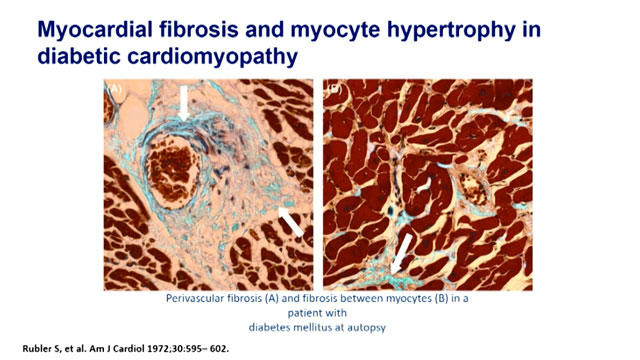
Challenging ACS scenarios
14 Dec 2022 – From GulfPCR-GIM 2022
Topics in this GulfPCR-GIM 2022 session include the role of imaging in an unusual case of ACS in a young patient, PCI of an abnormal left coronary artery with AMI, embolisation of a thrombus in a non-culprit vessel during PCI in a late-presenting anterior STEMI, and...
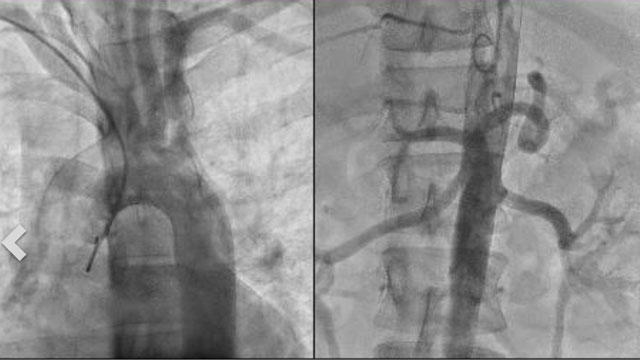
First half of DK-Crush technique for bailout stenting of a true 0,0,1 bifurcation
09 Dec 2022
Stent implantation is largely debated in true 0,0,1 bifurcation lesion. This case shows bailout IVUS-guided stenting of a large diagonal branch after DEB-induced dissection, performed by employing the first half of the DK-Crush technique, thus avoiding stenting in the disease-free left anterior descending artery.

Author
Author
Author
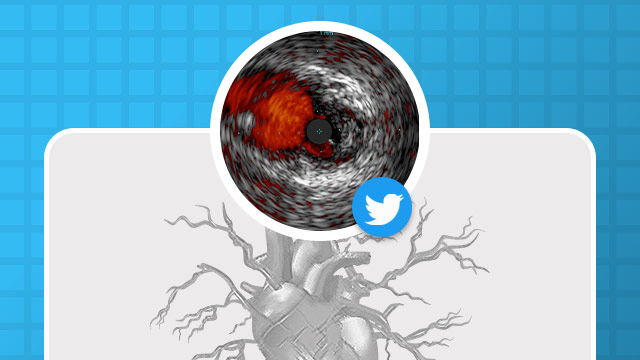
2-year outcomes of angiographic quantitative flow ratio-guided coronary interventions
23 Nov 2022
FAVOR-III China was an investigator-initiated, multicentre, randomised, blinded, sham-controlled trial comparing clinical outcomes of QFR versus angiography-guided strategies for the treatment of non-critical lesions in patients with stable or unstable angina, or MI, at least 72 hours prior to screening. The one-year results showed improved clinical...

Reviewer
